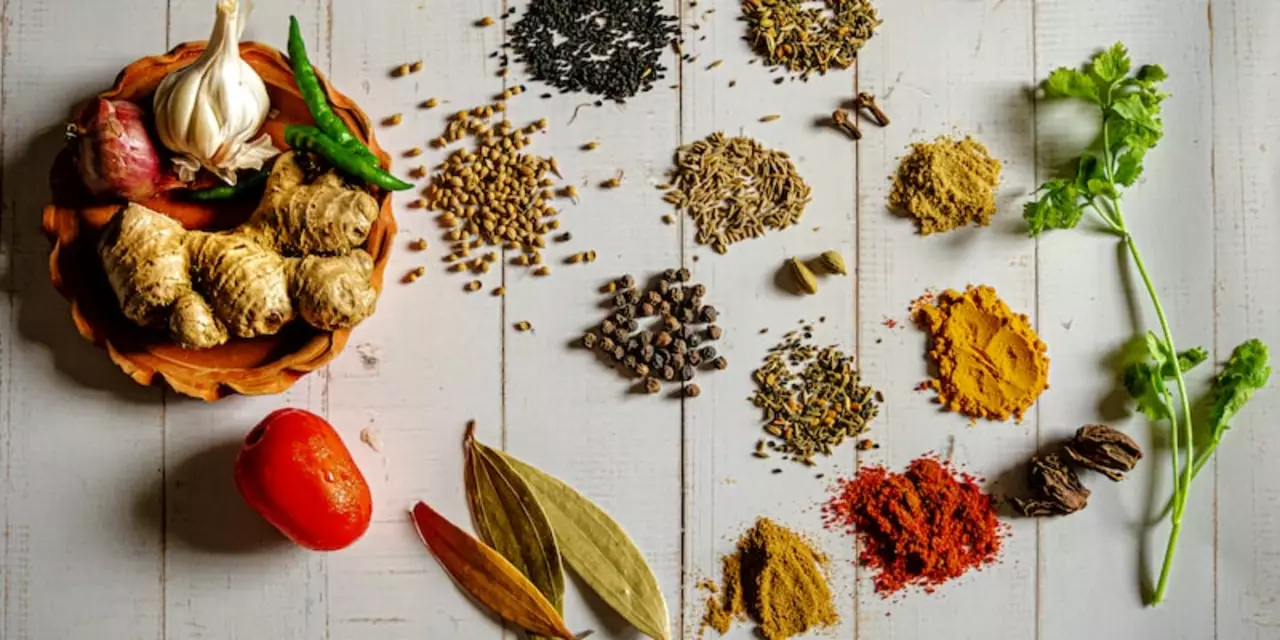Indian food: why it tastes so bold and how to cook it simply
Spice, texture, and a love for bold flavors—that’s Indian food in a sentence. Whether you crave creamy curries from the north, tangy chutneys from the south, or quick street-style breakfasts, this tag collects practical tips and easy recipes that actually help you cook and enjoy Indian dishes at home.
Wondering why North Indian food often feels spicier and richer? The climate, dairy use (like ghee and yogurt), and local spice mixes explain a lot. Spices in northern recipes often serve more than heat: they add depth, preserve food, and balance heavy ingredients. You don’t need to be a pro to get the flavor right—small adjustments make big differences.
Quick Indian breakfast ideas you can make in 15 minutes
Pressed for time? Indian breakfasts can be fast and filling. Try poha (flattened rice with turmeric, peanuts, and lemon), upma (semolina cooked with mustard seeds and veggies), or a stuffed paratha you pan-fry in minutes. These dishes use simple pantry staples and scale well for one or a family.
Pro tip: keep chopped onions, tomatoes, and cilantro in the fridge. They speed up prep and lift flavors instantly. Want protein? Add a spoon of curd, some paneer cubes, or a quick omelette alongside.
Control the heat, build a simple pantry, and eat smarter
Too spicy? Add dairy like yogurt or milk to cool a dish, or squeeze fresh lemon to brighten flavors without extra heat. Whole spices (cumin, coriander, cardamom) toasted briefly release aroma without making the dish hotter. Ground chili adds heat quickly, so add it at the end and taste as you go.
A basic Indian pantry doesn’t need to be overwhelming. Keep these on hand: basmati rice, chickpeas or lentils, turmeric, cumin, coriander powder, garam masala, red chili powder, mustard seeds, and hing (asafoetida) if you like it. Ghee or neutral oil plus garlic and onion get you started on most dishes.
Love fusion? Indian tacos are a great example—crisp frybread topped with classic taco fillings and Indian-inspired chutneys. Street food and regional fusions make Indian food playful and beginner-friendly.
If you're exploring recipes here, you'll find posts on why dishes taste a certain way, practical reviews of quick meals and gadgets, and hands-on ideas for busy mornings. Cook one simple recipe, taste, tweak one spice, and you’ll learn faster than any long tutorial. Ready to try? Start with a 15-minute breakfast or a basic dal and go from there.

Is it safe to eat Indian food left out overnight?
It is generally not recommended to eat food that has been left out overnight due to the risk of bacteria growth. Indian food, in particular, is likely to contain ingredients that spoil more quickly than other types of cuisine, such as dairy and protein, which can cause food poisoning if left out too long. To avoid this, it is best to refrigerate leftovers immediately and consume them within two to three days.
Categories
- Social Issues in India (3)
- Sports (3)
- Business & Markets (2)
- Weather & Climate (2)
- History and Politics (1)
- Quick and Easy Indian Breakfast Recipes (1)
- Food and Culture (1)
- Road Safety & Transportation (1)
- Cultural Experiences/Travel & Living Abroad (1)
- Technology Reviews (1)
Popular Articles


